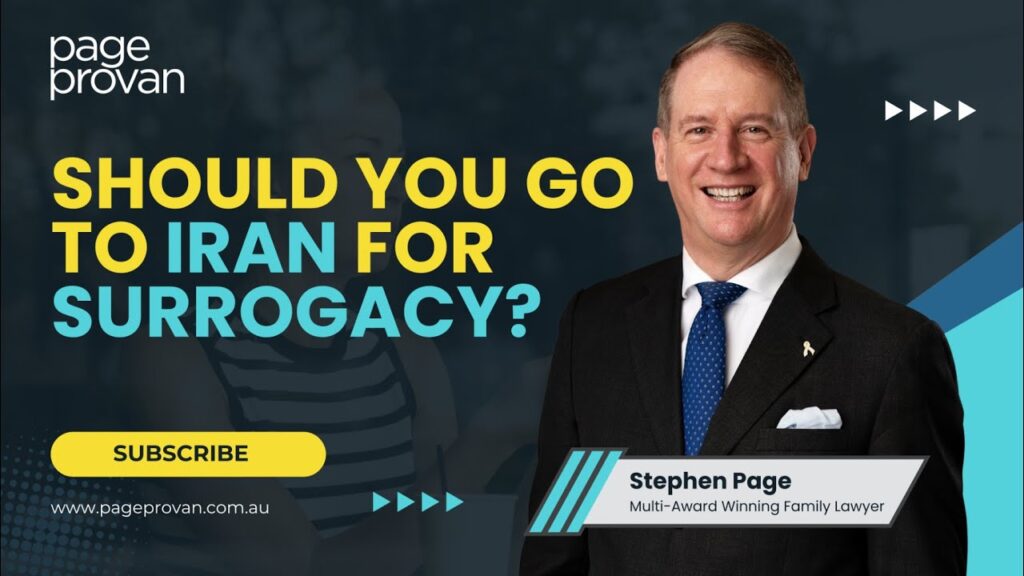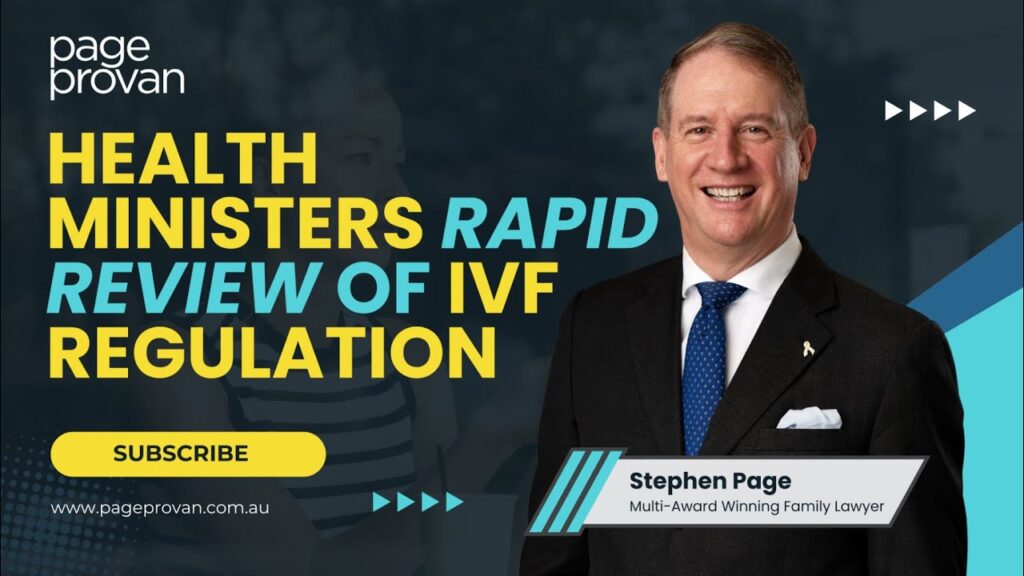A Challenging way of Looking at Domestic Violence
When I travelled to the States last year and in 2006, I was struck by some oddities. I knew that, according to the published stats, most protection orders were obtained by women in heterosexual relationships against their husbands and partners (or ex’es) , and I also knew that the realisation within society of domestic violence came from the women’s movement and the associated women’s refuge movement.
I also knew that the overriding theory of domestic violence came from the women’s movement that said, in effect, that domestic violence occurred primarily by men to women and was an extension of the paternalistic nature of relationships and society as a whole.
For those relationships where men have been violent to women, the paternalistic theory is a good one- it’s consistent often with what may well be happening in those relationships.
However, where it doesn’t work so well is where the violence and abuse does not go that way- men to women. How does one say that a woman being violent to a man is paternalistic? How does that make sense? It doesn’t. What does make sense is that the woman may well be exercising power and control in the relationship, or there may be some other explanation of her behaviour, for example one that come to mind is where the woman was violent, and repeatedly so, but suffered severe mental health issues.
How does the paternalistic theory stack up when there are same sex relationships? Does one say in a gay relationship that one is paternalistic to the other? What of lesbian relationships? What if, as one I recall, where the woman is violent and abusive to her male to female transgendered partner? How does that fit within the one size fits all model?
So here were the oddities when I came to the States:
– hearing a (female) psychologist saying that ALL domestic violence was paternalistic- even saying that gay men (and lesbian) domestic violence was paternalistic because the gay man (and lesbian) would call his (her) partner his (her) bitch!
– hearing a child advocate saying that she had been invited for the second time onto the local DV taskforce, but as soon as she got there, to be berated by other members of the taskforce for daring to suggest that domestic violence could be committed by women against men, as well as that by men to women
– hearing a lawyer who was a lesbian, who represented gays and lesbians seeking restraining orders against their former partners, say who she was dismayed when she went to the local domestic violence taskforce and was told by other members that her gay clients were not real victims of domestic violence
because they were men.
It’s with these events in mind that I recently read “Violent Partners” by Linda Mills – which describes itself as “a breakthrough plan for ending the cycle of abuse”.
Her book demonstrates to me clearly that there is no one size fits all type approach to domestic violence. A whole range of strategies need to be employed to deal with its nature. Ms Mills gathers together an amazing array of research, including showing that the punitive approach to punishing domestic violence, as well as clogging up the courts and police, may lead to a disempowerment of victims.
She says:
The dismaying truth is that any woman who isn’t prepared to give up her voice altogether should be wary of using the system. If the system prosecutes a man against his wife or his girlfriend’s will, is this likely to weaken or strengthen the bond between them? And if the woman has herself been violent in the relationship, what are her options? To admit her guilt and get arrested herself, or to go along with the mythology of domestic violence supported by the courts, to avoid a record.
For African-American women, she states the research shows that the punitive approach increases their risk of violence- as the men will be more violent after arrest and punishment, than before. With Caucasian women, the risk goes down.
Mills writes:
So who is the criminal justice working for?
The system works best for a white heterosexual woman from the middle or upper classes who has no children and has already decided to leave her abuser before that first phone call to the police. Mandatory arrest gives this woman that brief respite – while the batterer is in custody- to marshall her forces, get a restraining order, get out of the house, and hire a lawyer. If her violent partner pursues her, he risks jail, which he is likely to view as threatening his livelihood and reputation.
Certainly helping these women move on from their abusive relationships is an enormous accomplishment of the domestic violence awareness movement. But we must also face the fact that they do not constitute the majority of people suffering from intimate violence. Tragically, although this was far from the movement’s intention, we have created a situation in which the needs of white, educated, middle- and upper-class women who built the system are met, while the needs of so many others are not. After all, many violent couples choose to remain together. What are we doing for them?
Mills challenges the conventional orthodoxy of the paternalistic view of domestic violence, and suggests a circle program of missing elements of restorative justice and domestic violence that brings the whole family together in a Circle over several months to address the violence.
 Linda Mills
Linda Mills











